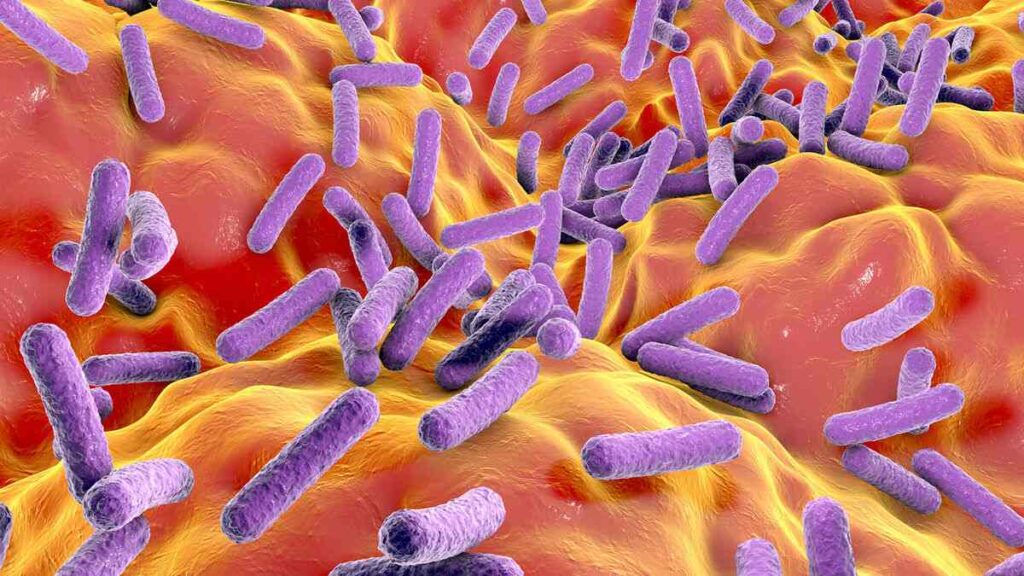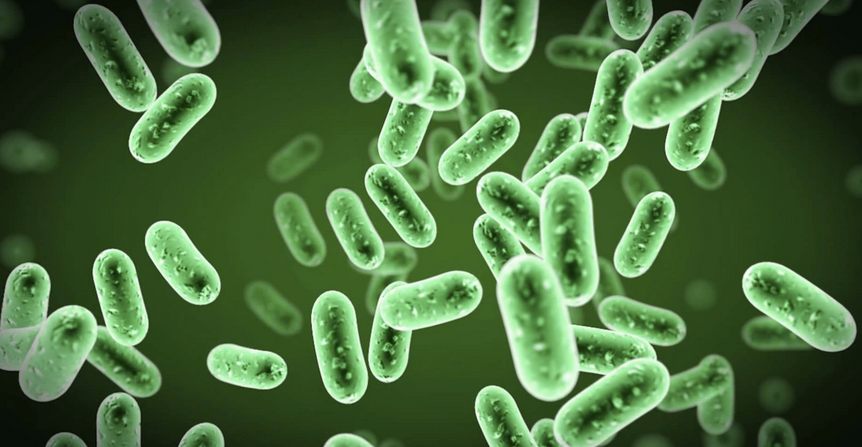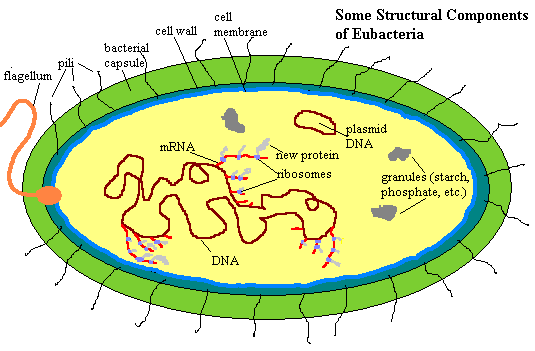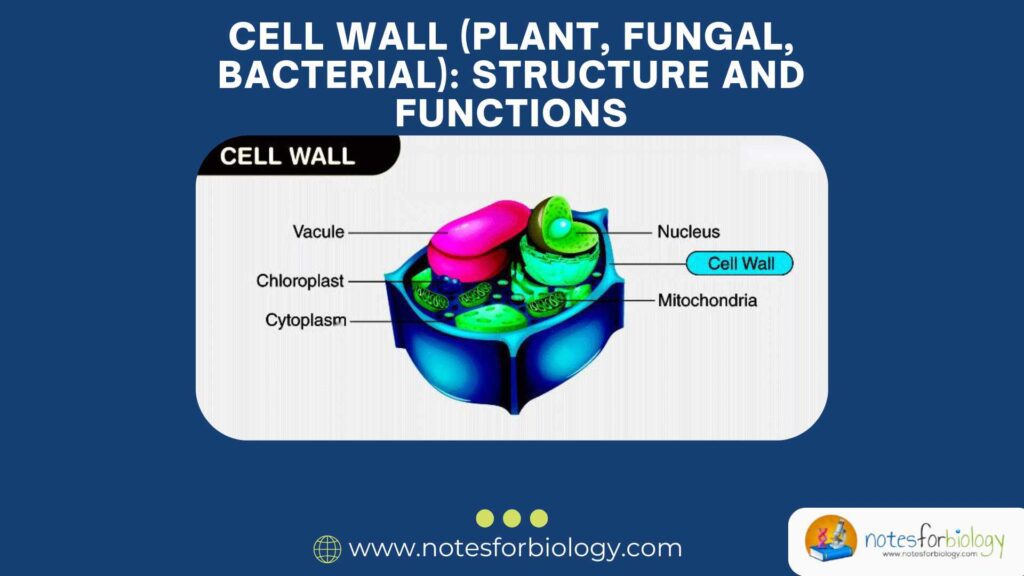Introduction
Eubacteria, which are also called “true bacteria,” are one of the most common and widespread groups of organisms found on Earth. They are extremely tiny, and we cannot see them with the naked eye, but they are present almost everywhere— in the air, water, soil, inside our bodies, and even in very extreme environments such as hot springs, salty lakes, and frozen regions. Even though they are small and simple, eubacteria have a huge impact on living beings, the environment, and human health. They help break down waste, make certain foods, help our digestion, and some even cause diseases.

In this detailed and friendly guide, we will explain everything about eubacteria in an easy-to-understand way. We will talk about what they are, their special features, how they are built, the different types that exist, and give examples that show how they affect our world. This explanation is written clearly for students and learners of all levels who want to learn about these tiny but powerful organisms.
Table of Contents
Definition of Eubacteria
Eubacteria are tiny, single-celled living things that belong to the domain Bacteria. They are prokaryotes, which means their cells do not have a true nucleus or any other membrane-covered parts like you would find in human or plant cells. Instead, everything inside the cell floats freely in a jelly-like substance called the cytoplasm.

These microorganisms are called “true bacteria” to set them apart from another group called Archaea, which also look like bacteria but are different in many ways. Eubacteria are known for their incredible variety. Some live freely in nature, while others live inside animals and humans. Some are good for us, and others can make us sick.
Characteristics of Eubacteria
Eubacteria have some important and clear features that make them different from other organisms:
1. Prokaryotic Nature
- Eubacteria are prokaryotic. This means that they do not have a nucleus or other membrane-bound parts. Their DNA simply floats in the middle of the cell.
2. Cell Wall
- Most eubacteria have a strong outer layer called a cell wall. This wall is made of a substance called peptidoglycan, which gives the bacteria shape and protects them from damage. This wall is a key difference between eubacteria and Archaea.
3. Shape
- Eubacteria can come in different shapes, which helps scientists identify them:
- Cocci – These are round-shaped bacteria that may appear alone, in chains, or in clusters.
- Bacilli – These are rod-shaped bacteria that can be short or long, and sometimes form chains.
- Spirilla – These bacteria are spiral-shaped, like a corkscrew, and they move in a twisting motion.
- Vibrios – These are curved or comma-shaped bacteria, often found in water environments.
4. Reproduction
- Eubacteria reproduce through a simple process called binary fission. This means one cell divides into two new identical cells. This process is fast and helps bacteria multiply quickly.
5. Metabolism
- Eubacteria have various ways of processing energy. Some need oxygen to survive and are called aerobic, while others can live without oxygen and are called anaerobic.
6. Movement
- Some eubacteria can move by using structures called flagella. These are tail-like extensions that rotate and help the bacteria swim through liquids.
7. Nutrition
- There are different ways eubacteria get their food:
- Autotrophs – These bacteria make their own food either from sunlight (photosynthesis) or from chemical reactions (chemosynthesis).
- Heterotrophs – These rely on other living or dead organisms to get food and energy.
8. Habitat
- Eubacteria can survive in nearly every place on Earth. They are found in water, soil, air, plants, animals, and even in places where temperatures are very high or very low.
9. DNA and Ribosomes
- Their genetic material is stored in a single circular piece of DNA. They also have 70S ribosomes that make the proteins they need to grow and function.
Structure of Eubacteria
Let’s look at the structure of a typical eubacterium in simple, easy terms. Think of it as a tiny bag filled with useful parts that keep it alive and working.

1. Cell Wall
- The outermost layer, made of peptidoglycan, gives the cell its shape and protects it from injury or bursting in watery environments.
2. Cell Membrane
- Located just inside the cell wall, it controls what goes in and out of the cell, like food, waste, and gases.
3. Cytoplasm
- A jelly-like material that fills the inside of the cell. All other cell parts float in this fluid.
4. Ribosomes
- Tiny machines in the cytoplasm that help build proteins, which are needed for many cell functions.
5. Nucleoid
- A region where the bacterial DNA is found. It’s not surrounded by a membrane like a nucleus.
6. Plasmids
- Small, circular pieces of DNA that carry special genes, such as those for antibiotic resistance. They can be passed from one bacterium to another.
7. Flagella
- Long, whip-like tails that help some bacteria swim or move around.
8. Pili or Fimbriae
- Hair-like structures on the surface that help bacteria stick to surfaces or to other cells.
9. Capsule (Optional)
- Some bacteria have an extra, slippery outer layer that protects them from the immune system and helps them stick to surfaces.
Types of Eubacteria
Eubacteria are grouped in different ways depending on their shape, how they get food, how they react to stains, and more.
A. Based on Shape
1. Cocci
- These are round or ball-shaped bacteria. They may exist singly or in groups.
- Example: Streptococcus pneumoniae, which can cause lung infections.
2. Bacilli
- These are shaped like small rods or sticks.
- Example: Escherichia coli, a helpful bacterium in the intestines, but some strains can cause illness.
3. Spirilla
- These are spiral or corkscrew-shaped bacteria that twist as they move.
- Example: Spirillum volutans, found in freshwater.
4. Vibrios
- These are shaped like a comma or a curved rod.
- Example: Vibrio cholerae, which causes cholera.
B. Based on Gram Staining
A special test called Gram staining helps scientists see and group bacteria under a microscope:
1. Gram-positive Bacteria
- They have a thick wall that takes the purple stain easily.
- Example: Staphylococcus aureus, which can cause skin infections.
2. Gram-negative Bacteria
- They have a thinner wall and do not keep the purple stain; instead, they appear pink.
- Example: Salmonella typhi, which causes typhoid.
C. Based on Mode of Nutrition
1. Autotrophic Bacteria
- These bacteria can make their own food:
- Photoautotrophs use sunlight, like plants. Example: Cyanobacteria.
- Chemoautotrophs use energy from chemicals. Example: Nitrosomonas.
2. Heterotrophic Bacteria
- These depend on other living or dead things for food:
- Saprophytic feed on dead material.
- Parasitic live in or on a host and may cause harm.
- Symbiotic live closely with another organism and both benefit.
D. Based on Oxygen Requirement
1. Aerobic Bacteria
- Need oxygen to live and grow.
2. Anaerobic Bacteria
- Do not need oxygen. In fact, oxygen might even harm them.
Examples of Eubacteria and Their Importance
Let’s look at some specific eubacteria and what they do:
1. Escherichia coli (E. coli)
- Lives in our intestines and helps break down food.
- Some strains can cause food poisoning.
2. Lactobacillus
- Used to make yogurt and curd.
- Good for the digestive system.
3. Streptococcus pneumoniae
- Can cause lung infections like pneumonia.
4. Salmonella typhi
- Causes typhoid fever, a serious illness spread by contaminated food or water.
5. Vibrio cholerae
- Causes cholera, which leads to severe diarrhea.
6. Nitrosomonas and Nitrobacter
- Help in the nitrogen cycle by converting nitrogen in soil to forms that plants can use.
7. Rhizobium
- Lives in the roots of legume plants.
- Helps make the soil rich by fixing nitrogen from the air.
8. Clostridium botulinum
- Produces a toxin that causes botulism, a serious type of food poisoning.
Beneficial Roles of Eubacteria
Eubacteria are very useful to humans, animals, and the environment:
- Digestion: Some live in our gut and help break down food.
- Fermentation: Used in making dairy products like cheese, yogurt, and in pickling.
- Nitrogen Fixation: Help plants grow by turning nitrogen gas into a usable form.
- Waste Treatment: Used in cleaning up waste in sewage treatment plants.
- Biotechnology: Help make medicines like insulin and vaccines.
Harmful Effects of Eubacteria
Some eubacteria cause serious diseases and should be treated carefully:
- Tuberculosis: Caused by Mycobacterium tuberculosis.
- Cholera: Caused by Vibrio cholerae.
- Typhoid: Caused by Salmonella typhi.
- Plague: Caused by Yersinia pestis.
- Tetanus: Caused by Clostridium tetani.
These harmful bacteria can spread through dirty water, spoiled food, or contact with infected people.
Control and Prevention
To stay safe from harmful bacteria:
- Vaccination: Get vaccines to prevent bacterial infections.
- Hygiene: Wash hands, food, and utensils properly.
- Clean Water: Drink clean and safe water.
- Cooking Food: Cook food thoroughly to kill bacteria.
- Use Antibiotics Properly: Only take them when needed and as prescribed to avoid resistance.
Conclusion
Eubacteria are one of the most widespread and important life forms on Earth. Even though they are very small and simple in design, they carry out essential roles in the environment, health, and industry. From helping us digest food to causing serious diseases, these microorganisms are incredibly diverse and impactful.
By understanding eubacteria better how they look, live, and work—we can appreciate their importance and manage their effects, whether helpful or harmful, more effectively.
Three Key Summary
- Eubacteria are tiny but powerful organisms found almost everywhere on Earth, with important roles in health and nature.
- They can be beneficial by aiding digestion, improving soil, and making food, or harmful by causing diseases.
- Learning about their structure and behavior helps us use their benefits and reduce their risks.
FREQUENTLY ASKED QUESTIONS
What are eubacteria?
Eubacteria, also called true bacteria, are single-celled organisms that are found almost everywhere. They are simple in structure and do not have a true nucleus.
How are eubacteria different from archaea?
Eubacteria have cell walls made of peptidoglycan, while archaea do not. Also, their genetic and metabolic processes are different.
Are all eubacteria harmful?
No. Many eubacteria are helpful. For example, some help with digestion, some make vitamins, and others help clean up the environment. Only some cause diseases.
Related Articles




